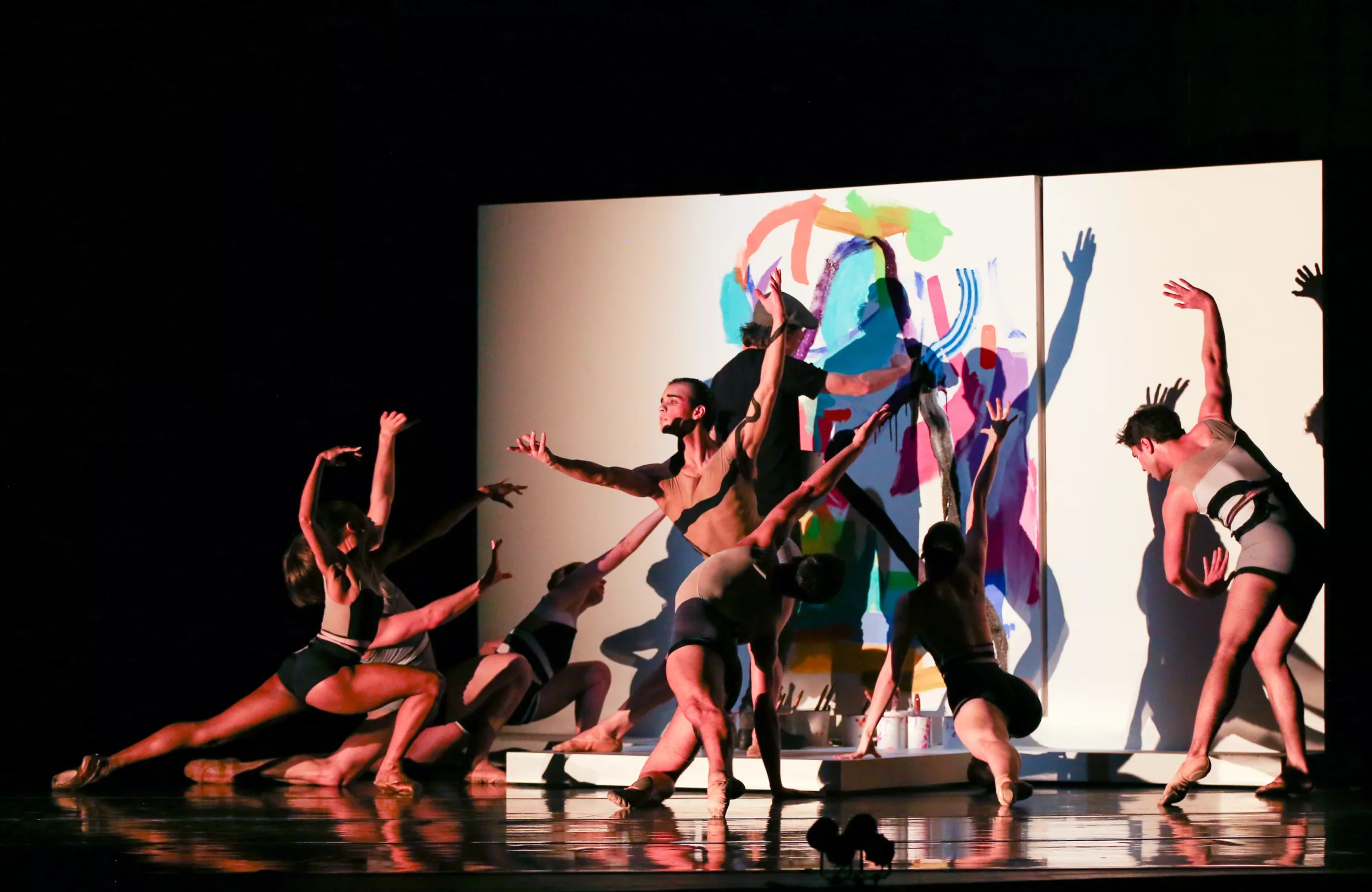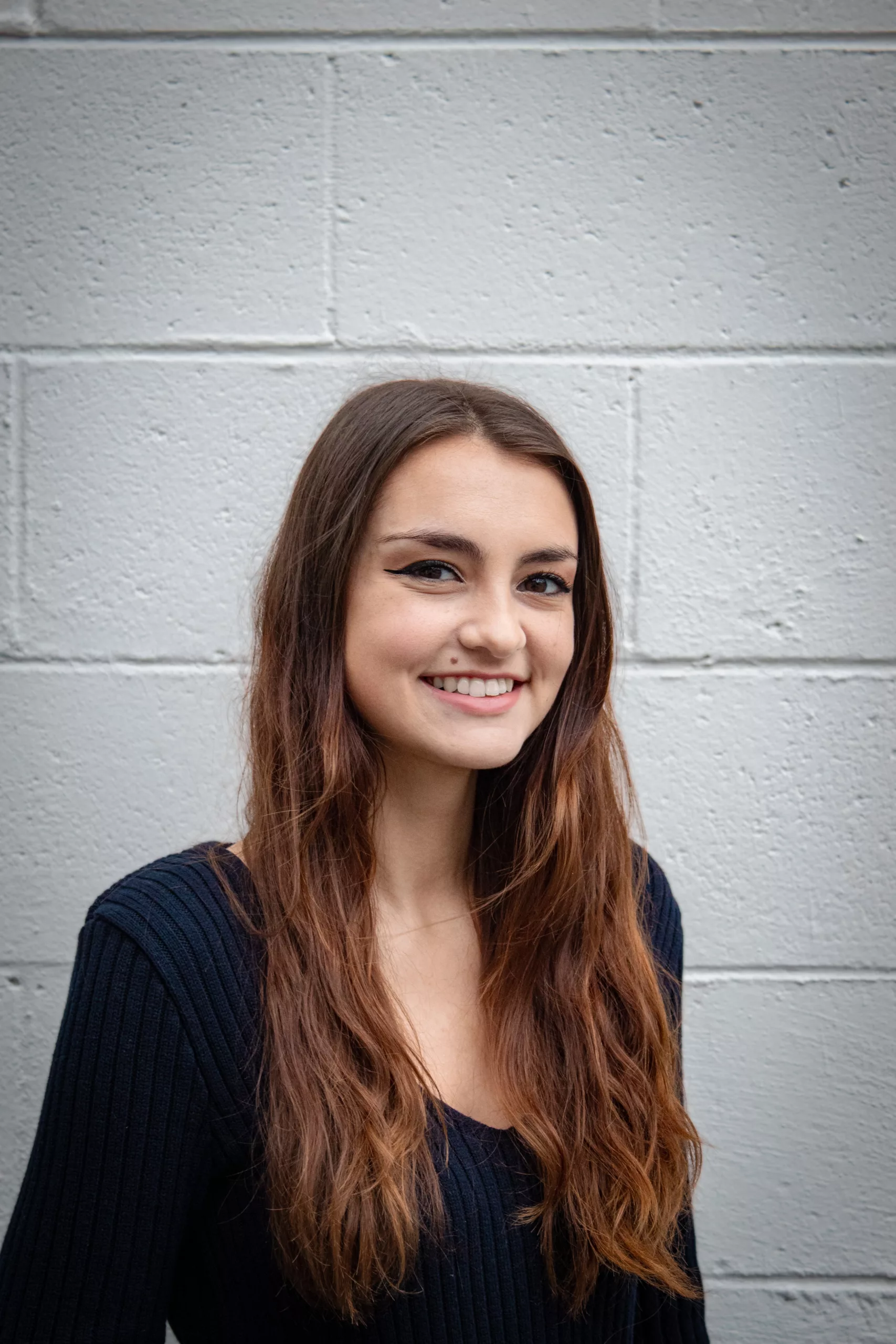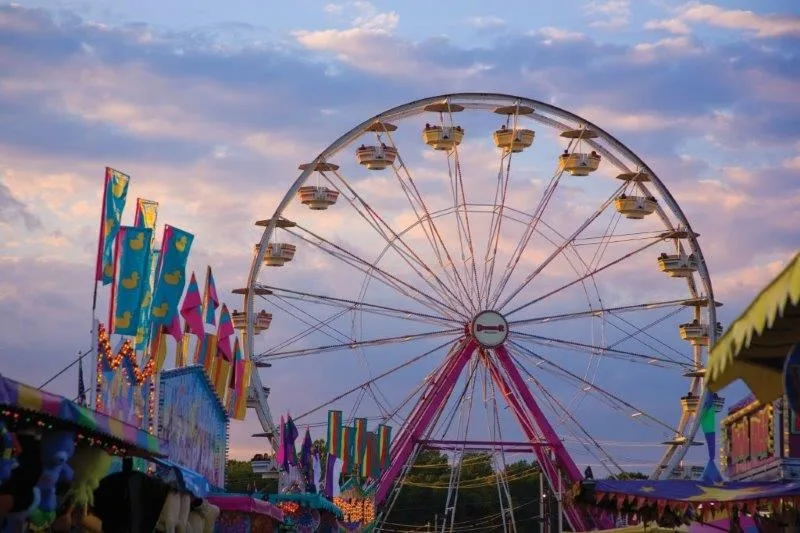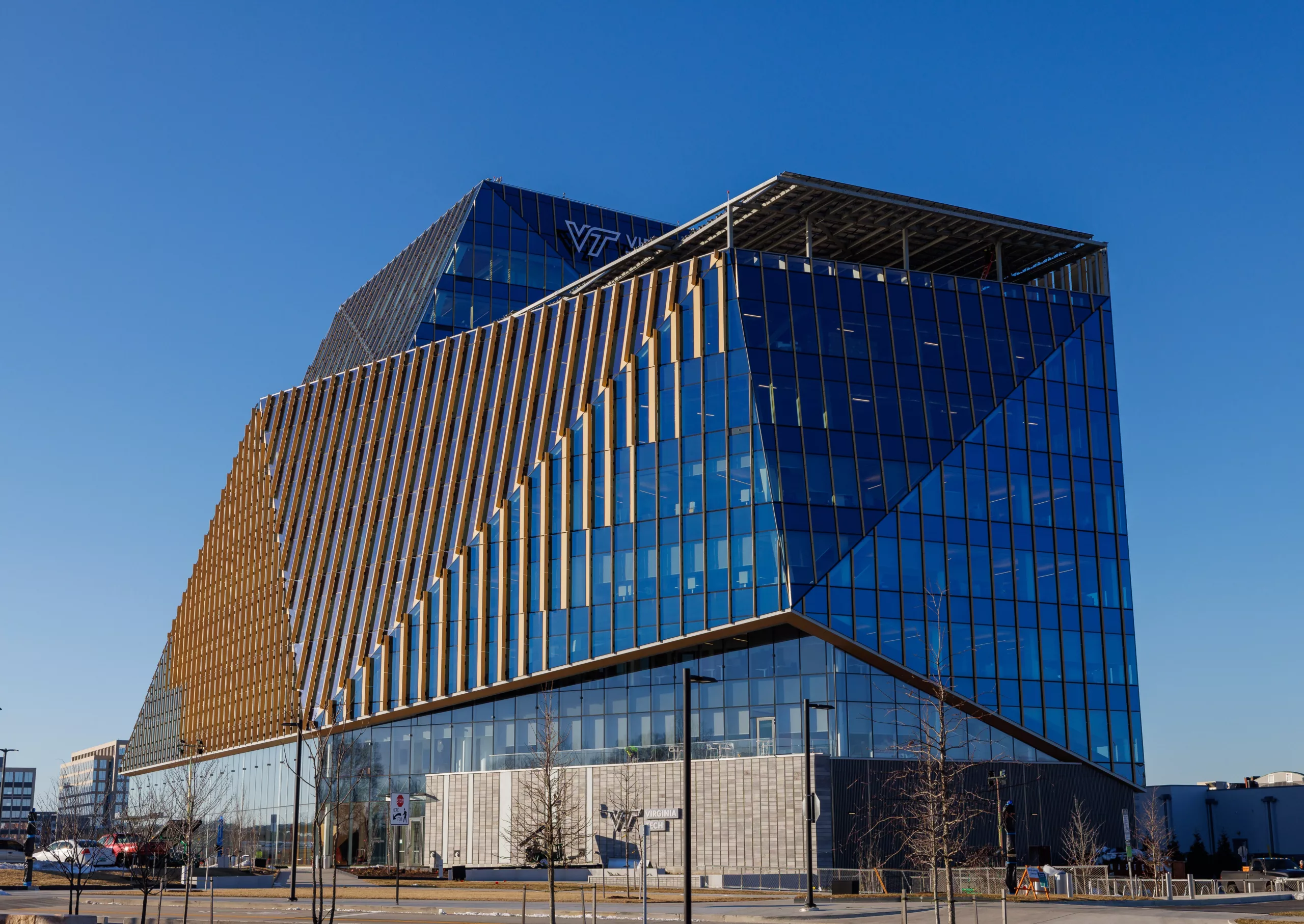Anticipation hums through the air as the audiences settle into Richmond’s Leslie Cheek Theater at the Virginia Museum of Fine Arts (VMFA), double-checking silenced phones and shifting for the best view of the eminent stage, framed by colossal red curtains. The feeling is unmistakable—a quiet, buzzy awe, knowing something extraordinary is about to unfold. Among the eagerly waiting crowd is Ma Cong, the Richmond Ballet’s new artistic director, who succeeded Stoner Winslett in July 2024 after her remarkable 44-year tenure.
This night in late March marks the company’s first show at VMFA’s renovated theater, the ballet’s new home for studio performances—and the first time they’ve danced on this stage since the 1990s. Murmurs of excitement fall to a hush as the lights dim, and Ma’s carefully curated triple-bill, Moving Art One, begins. Classic ballet meets folk music and unexpected twists, pulling the crowd into a world of captivating contradictions.
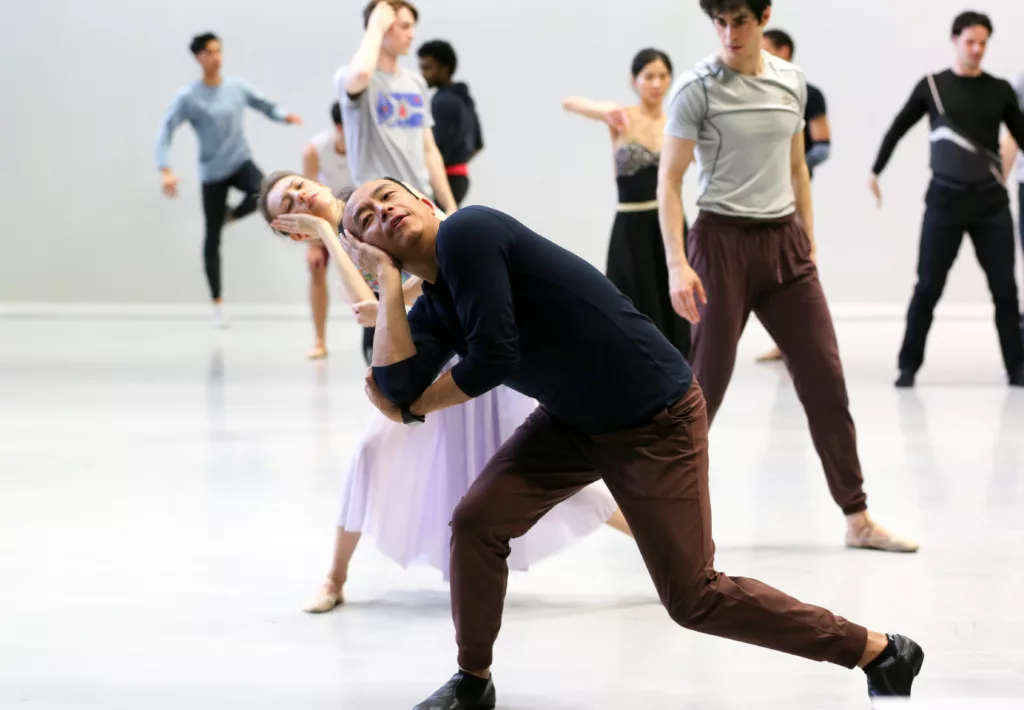
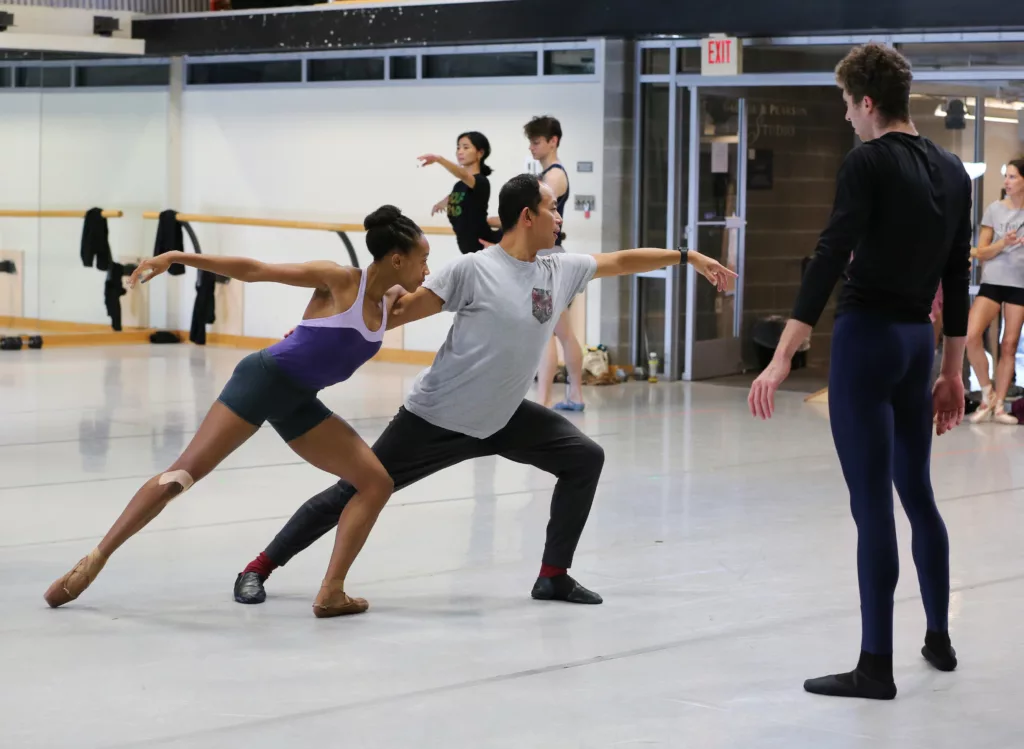

Sarah Ferguson
A live painter joins the dancers in the swirling, transfixing Pentaptych, choreographed by Ma himself. His style, shaped by his Chinese heritage and Western experiences, blends cultures with grace and innovation. The program moves through the romantic tension of Christopher Wheeldon’s After the Rain and bursts into joy with Val Caniparoli’s Lambarena, infused with exuberant African influences.
“I’m trying to expand people’s expectations of what ballet is and educate them that ballet is not only white tutus,” Ma says. “Ballet has innovated into a much larger form of art.”
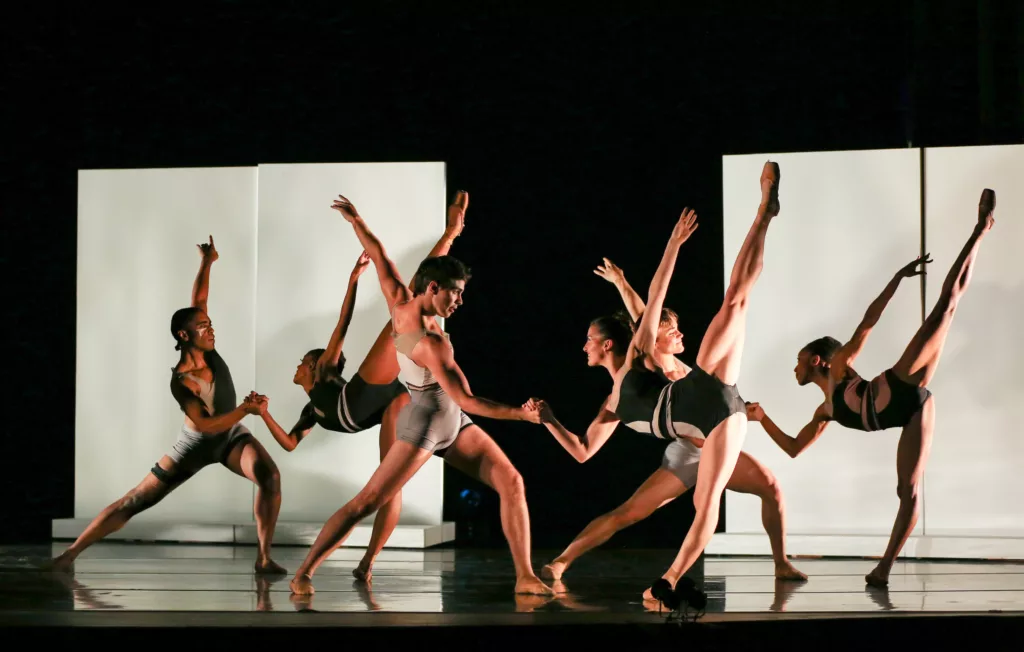
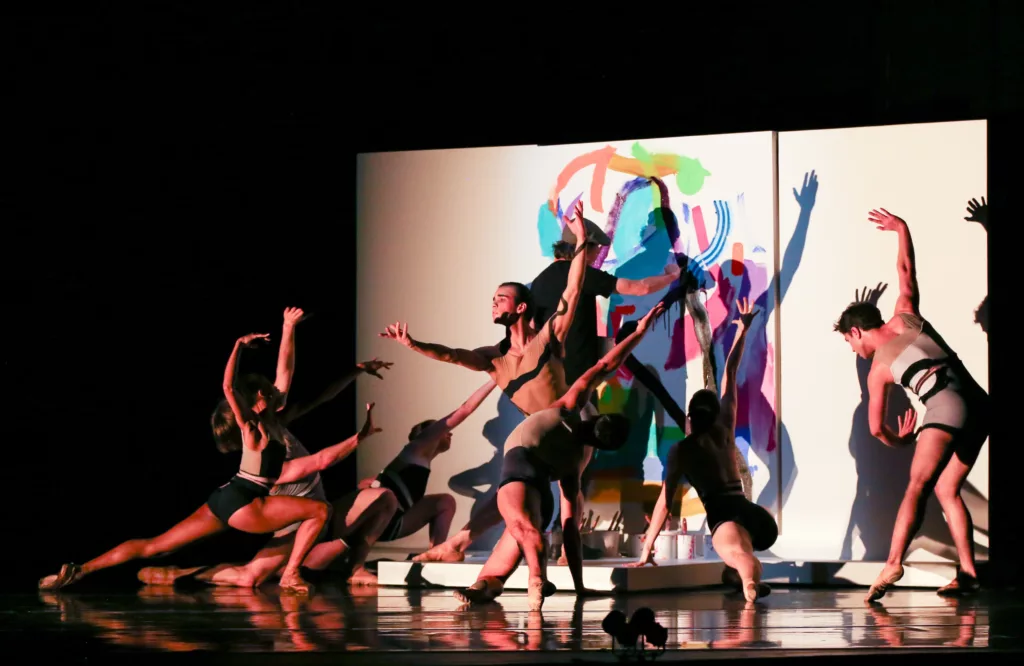
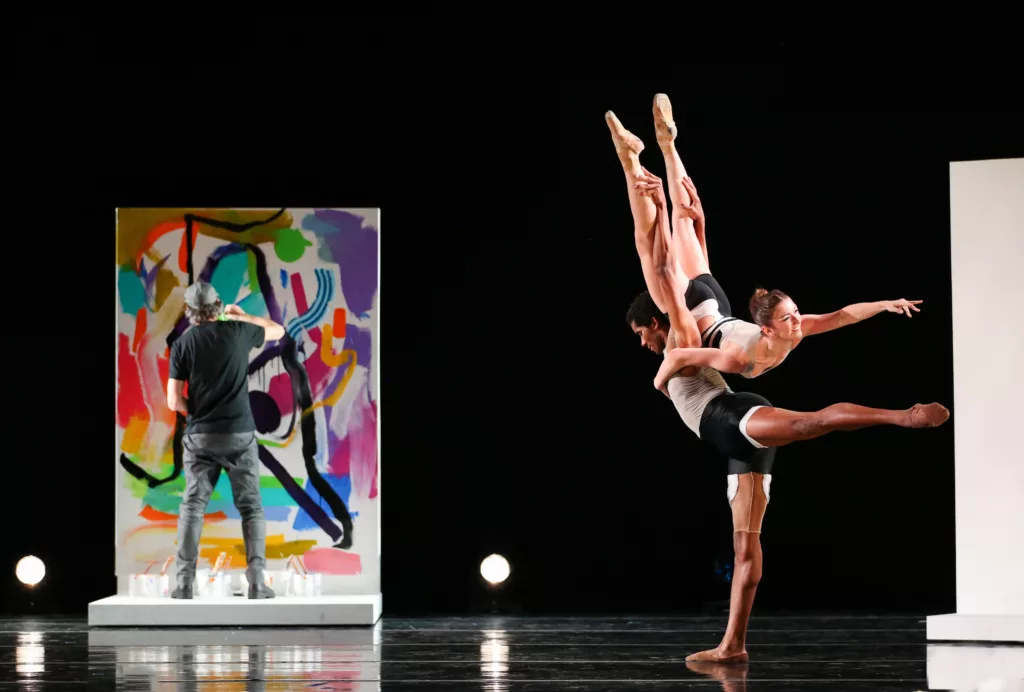

Visual artist Eric Sall creates a bold abstract painting on stage, while dancers Mikell Graf and Zacchaeus Page demonstrate althleticism and grace. The dancers’ monochromatic costumes are a sharp contrast to Sall’s work.
One night of Ma’s programming makes that clear, where enchanting elegance meets unexpected juxtapositions.
While any new leader—especially one filling the shoes of an iconic, longtime steward—promises newness and change, Ma delivers. His programming offers a fresh injection of diverse cultural and artistic influences, but it’s the dancers’ energy and the company’s forward momentum that truly signal something special.
“ We have been receiving such tremendous positive feedback,” Ma says. “Everybody feels that this is something really exciting—that it’s different.”
Born and raised in southwest China, Ma was one of just four children selected from thousands to join the Beijing Dance Academy at age 10. After studying dance for seven years and performing with the National Ballet of China, he moved to the U.S., spending 22 years at the Tulsa Ballet as a principal dancer and resident choreographer. Meanwhile, he toured and traveled as a guest choreographer, working on Broadway and in opera beyond ballet. Ma joined the Richmond Ballet as associate artistic director in 2020, bringing with him a globally minded perspective and performances never before seen in Virginia.
“That’s what the audience is really experiencing—the change, the new, exciting feeling in the company,” Ma says. In February, his vision brought Ben Stevenson’s Cinderella to the Carpenter Theatre in Richmond for a two-weekend run, earning uproarious laughter and sold-out crowds. “Not only that, I’ve also been working in a way to cultivate a new artistic vision.”
“Something can belong to the same ballet world, but can have different elements, different cultures, different styles of dance,” he says. “It could be jazz, it could be really expressive, it could be a little more theatrical.”
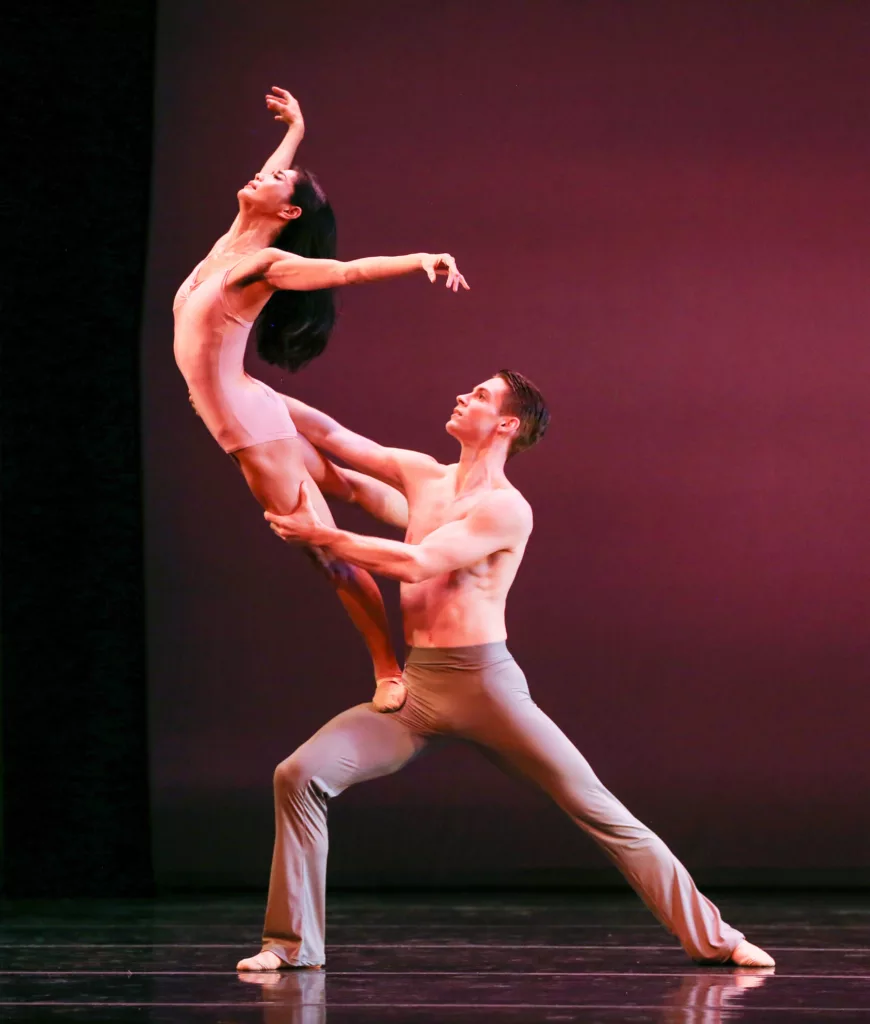
Choreography by Christopher Wheeldon, O.B.E.
Music by Arvo Pärt

To bring this vision to life, Ma takes a hands-on approach. “ I’ve been teaching classes, being in rehearsals, whatever I can to really nurture the dancers—not just technically, but artistically.” That energy is drawing attention: audition numbers are already soaring hundreds higher than last year.
And one doesn’t need to be an arts aficionado to feel the change. “When we talk about Pentaptych, it’s very cutting edge—it’s about how painting and movement can meld together,” he says. “When that image is presented on stage with the lighting, costume, and dance, audiences will immediately get it.”
Momentum will only build from here. Moving Art Two debuts May 8–18 at VMFA, spotlighting Joshua L. Peugh’s playful, Jewish-influenced Slump; Stoner Winslett’s Echoing Past, marking her legacy at the Ballet; and a world premiere by Yury Yanowsky. Ma can speak in depth on the history, influences, impact, and cultural references of each. “This is what I love about America,” he says. “It’s about multiculturalism. This is what I love about our company, too. Everybody brings their own cultural background.”
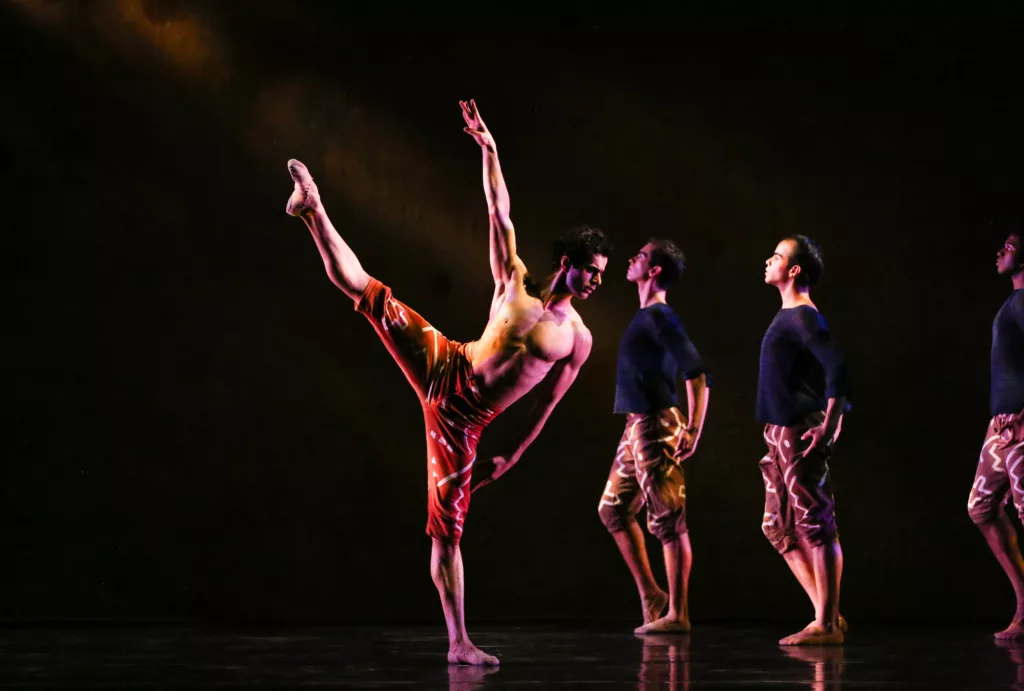
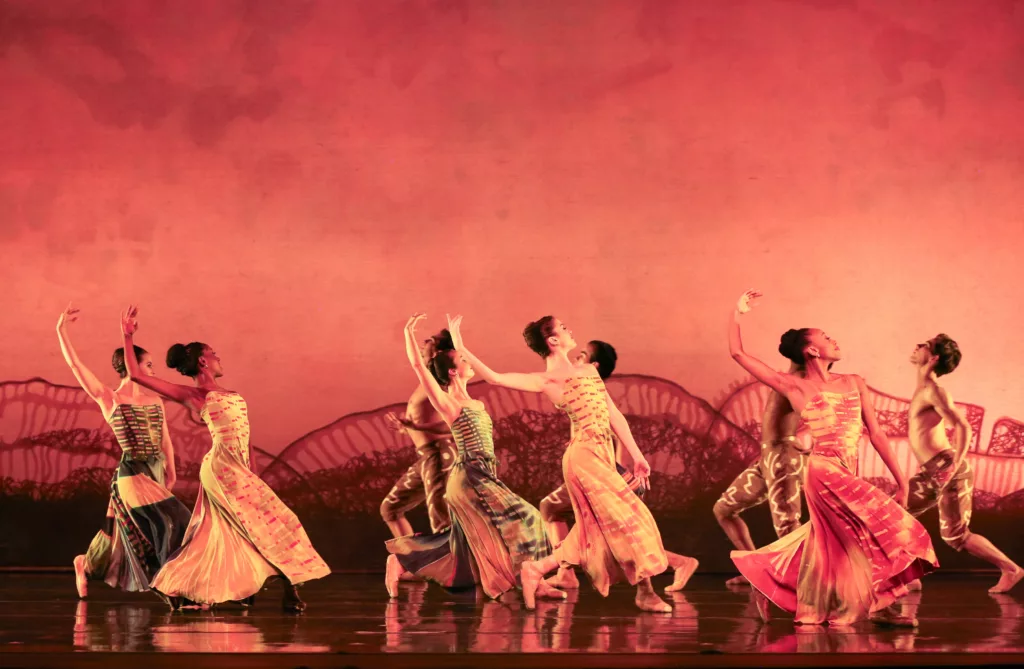

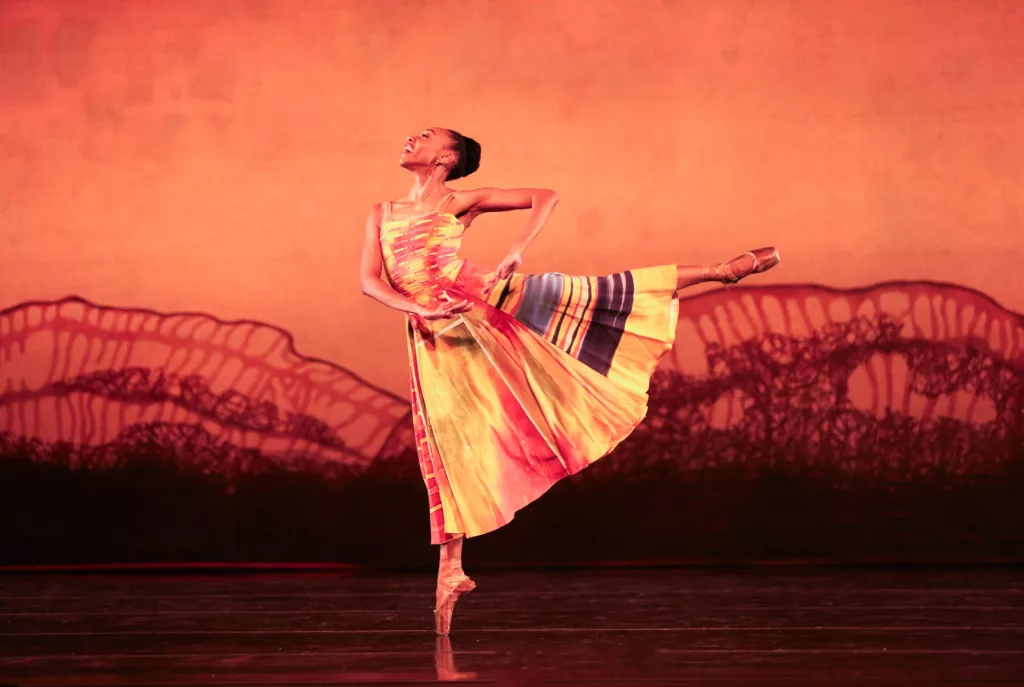
Choreography by Val Caniparoli
Music by Johann Sebastian Bach and traditional African, as arranged by Pierre Akendengué and Hughes de Courson
When the curtain falls at the show’s close, hardly a beat passes before the sound of applause overtakes the room. “Seeing that is my favorite part,” Ma says. “It’s rewarding for the entire organization.”
But he adds, “the process is also my favorite part.” Nurturing dancers, building visions, and creating performances that are “new, fresh, bold, and at the same time very elegant”—this is the heart of Ma’s work. And the curtain never really closes for him.
“During my time, I’ve always felt there is something special about this company,” he says. And under his leadership, that feeling only grows.
This article originally appeared in the June 2025 issue.

